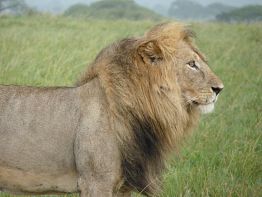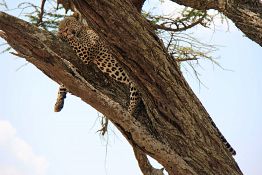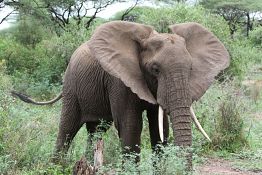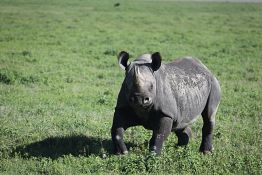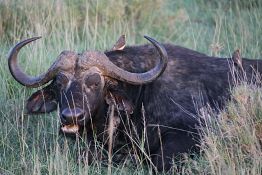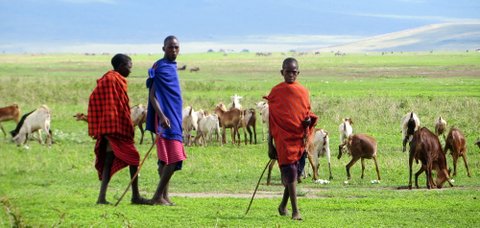LION
When most people go on safari in Tanzania, they usually imagine one animal; the lion. Many call them the King of Beasts due to their tremendous power, size, agility and hunting expertise. Lions are on most tourists’ bucket list of animals they would love to see, and Tanzania is the best place in Africa to see these magnificent creatures.
LEOPARD
A leopard possesses a truly mysterious aura. Also known as the “Silent Hunter”, the leopard is the most adaptable of the large predators and may still be found in close proximity to man, even, sometimes, on the outskirts of large cities. It is able to survive in just about any environment, being at home in forest, savannah, desert, or mountain top.
THE AFRICAN ELEPHANT
The largest land mammal and perhaps is Tanzania’s most captivating creature is the African Elephant. These animals are beautiful, peaceful herbivores; however they can be deadly if they are provoked. Their massive size and strength means they have no natural predators, and they usually roam the lands in groups.
RHINOCEROS
The rhinoceros is characterized by its large size in addition to its herbivorous diet. An adult rhino weighs from 1100 to 3000 kg (2425 to 6614lbs), where males are larger than females. When compared to other types of rhinoceros, the black rhino is considered to be the most aggressive. Despite their immense bulk, they can charge at a speed of 50km per hour at a bystander. A rhino is more than capable of causing serious damage to a vehicle, however they have very poor vision, and they rarely would attack for no reason. Ultimately they prefer to snooze in the cool shade, or graze on the grass.
BUFFALO
An unforgettable sight is a large herd of buffalo, which are closely related to the domestic cow. When you approach buffalo, you will see their beautiful horns, their fringed ears, and often their heads will raise and their noses will twitch in search of danger. Buffalo are completely dependent upon surface water, and are widespread and common in savannah, woodland and forest environments. Not surprisingly, however, they provide good meat and few now survive beyond the borders of wildlife reserves and other protected areas.

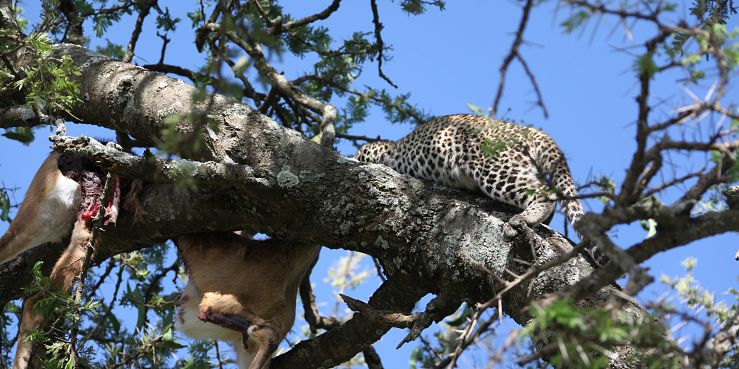
.jpg)
